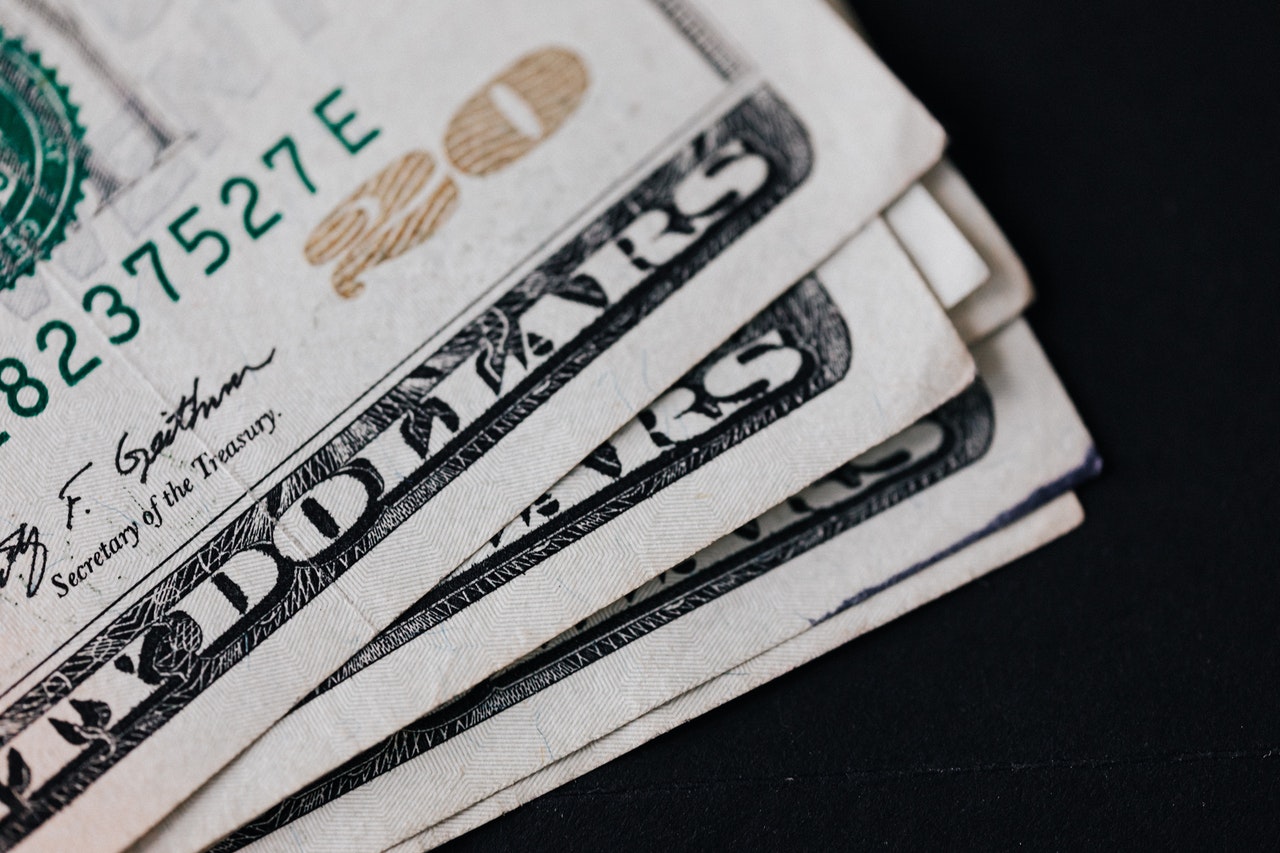Do you have a large investment in US government savings bonds? If not, should you have it? For investors whose priority is the safety of their investments, savings bonds continue to have advantages over certificates of deposit. Savers put more than $631 million into these bonds last year. Those of you who have a large investment in them will find that, to your surprise, some of these bonds are paying 4-5% interest.
There are two types of savings bonds—series EE bonds, which carry fixed interest rates, and series I bonds, whose rates fluctuate and change with inflation every six months. You have to keep them for at least a year. If you sell them before the five-year term, you pay a penalty equivalent to three months of interest. Bonds generally stop paying interest after 30 years.
Almost all savings bonds today are sold electronically through treasurydirect.gov. You can invest up to $10,000 per year for each type of bond (you can double this amount if your spouse also buys). If you request to have your tax refund paid to you with bonds, an additional $5,000 in traditional Series I paper-issued bonds is available.
savings for you
Series I bonds are the most popular. At the time of this writing, a new bonus pays a 1.48% return on your investment—but before you write them off, consider what the competition is paying. A 5-year CD might pay 2%, but it doesn’t offer inflation protection. You are taxed on interest received annually unless purchased through a tax-deferred personal retirement account. You also pay taxes at all levels—federal, state, and local. The income you receive from savings bonds is tax-deferred and then paid only at the federal level.
A quick comment on the series EE bonds: the new bonds pay (if you can say so) only 0.1%. If you have had them for 20 years you will earn at least 3.5%, thanks to guaranteed retroactive payment. But it doesn’t seem very attractive.
Calculator
If you’ve had savings bonds for years and are ready to sell them, find out exactly how much each bond is worth. Without that information, you could make one of four big mistakes, says Jackie Brahney, director of marketing for savingsbond.com, a service that helps you manage your bond portfolio.
Mistake 1: You sell the oldest bonds first. They may be what pays you the most.
Mistake 2: You only look at the face value of bonds when deciding how much to sell. This could lead to more taxable income than you want. Bonds with a face value of $3,000 may be worth $6,000 after interest is added.
Mistake 3: You sell so many bonds at once that the accrued taxable interest puts you in a higher tax bracket.
Mistake 4: You sell a bond the day or week before a six-month interest payment is due.
Free calculators are available at treasurydirect.gov and savingsbonds.com which tell you the value of each of your bonds. Brahney’s service for just $5.95 a year will evaluate your bonds and tell you monthly how much they’re currently earning and how much interest they’ve accrued. Having accurate information about your bonds can help you save on taxes and increase your income, too.




